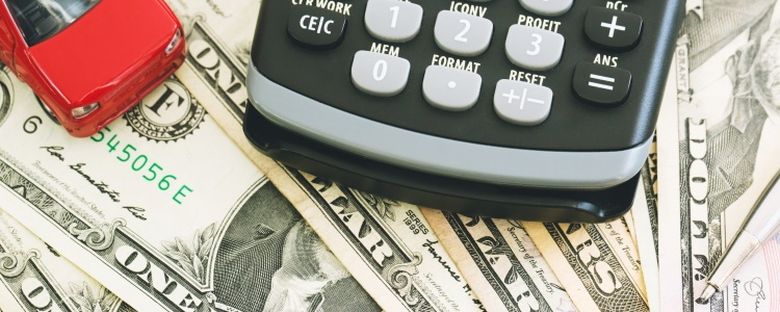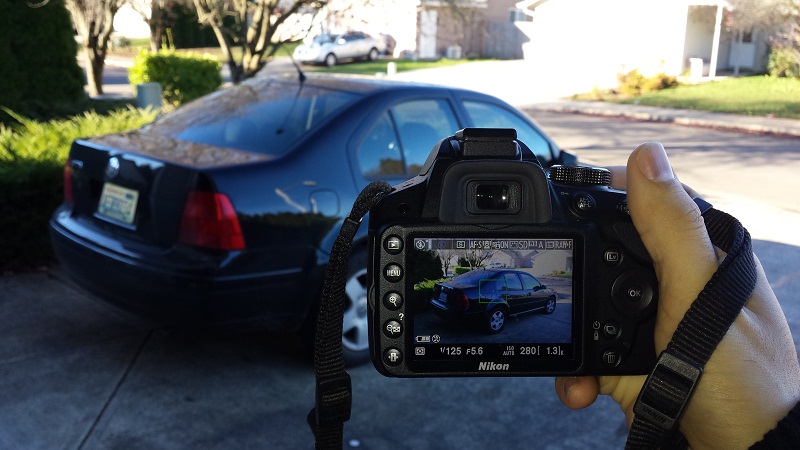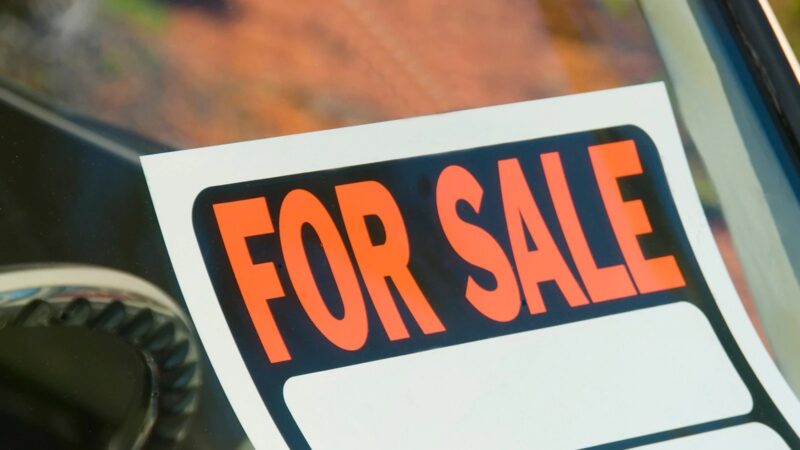Whether you are selling your car privately or trading it in to get an upgrade, most everybody always wants top dollar for it. The good news is that doing so isn’t too hard—all you need is to adequately prepare to market your vehicle. In this article, you’ll find helpful tips that can prepare you to get the best value when selling your sweet ride!
Tip #1: Calculate Your Car’s Value

This step is rather straightforward: You need to know the value of your car before you can begin marketing it. There are many sites like Kelley Blue Book (KBB) and the National Automobile Dealers Association (NADA) that do a pretty good job of giving you a fair estimate of what you can expect to get for your car. These sites will ask you questions about your car, including rating it as:
- Poor Quality
- Fair Quality
- Excellent Quality
However, this isn’t the end-all, be-all. There can often be a very large range in terms of the selling price, spanning from hundreds to several thousands of dollars. Plus, labeling your car’s quality can be vague and subjective. Some of these next tips will help you get that upper estimate from sites like these.
Tip #2: Organize the Paperwork

Some of the most important paperwork to include are service records and a vehicle history report. These two show the future buyer how the vehicle has been cared for over the years. If you are the first owner of the vehicle, you could really use this to your advantage. This can tell the buyer that the vehicle was maintained and that there won’t be potential problems in the future. Additionally, you’ll likely need these important documents:
- Warranty Documents
- As-Is Document
- Odometer Reading
- Title
- Registration
- Bill of Sale
These important pieces of paperwork help verify the validity of your ownership and the general history of the car so that the buyer can feel confident buying from you.
Tip #3: Clean Your Car
First impressions matter—and having a clean car is no different. Before showing your car to a potential buyer, get it professionally washed and detailed. This might include waxing, vacuuming, and even stain removal if necessary. This may seem like common sense, but going that extra mile to make a good impression can make all the difference for your buyers.
Tip #4: Take Plenty of Photos

As you might have noticed with social media, great photos can greatly influence people. They don’t necessarily have to be professional photos, but they can’t be of poor quality either. Although a professional digital camera is the best route, you could also use your cellphone’s camera. When taking photos, be sure to get every single aspect, including:
- Several shots of the interior, including any stains or defects
- Several shots of the exterior, including any dings or nicks
- Inside the trunk
- Inside the car hood of the engine
- The tires and wheels
- A picture of the current mileage
- A bonus video of the car on and running
Not only don’t you want the customer to find anything outside or inside the car that wasn’t made clear in the photos, but having several photos is essential to the marketing aspect of selling your car. If you only have one or two pictures, it may show the buyer that you are not taking the time to sell your car in a presentable way. This may turn off buyers, which means you may get fewer offers. Ultimately, in the end, make sure the photos complement the car that you are selling.
Tip #5: Write a Detailed Description

Just like the photos, not making note of a problem that the car has is a big red flag for buyers. If the buyer shows up to view the vehicle and it isn’t presented the way you intended in your post, they might feel like you are hiding other issues.
Whether it’s mechanical or just a simple flaw, leaving out an important detail of the car can really turn a customer off. It’s best to always put yourself in the buyer’s shoes in situations like these. Would you want someone to lie to you or potentially cover up a problem on a vehicle that you were looking at buying? Most wouldn’t—which is why it’s best to be fully transparent and upfront with your buyer. This not only saves both parties headaches, but it also makes for a more trusting business transaction.
Tip #6: Negotiate the Price

As part of the selling process, you want the buyer to think that the car is actually worth more than what the sites have told them it is worth. If you present the service records, organize the paperwork, clean the car, and make sure everything is mechanically sound, there is a very good shot that you could get top dollar for your car.
But don’t be discouraged if the first potential buyer doesn’t give you the price you are asking for. The reason you have done your due diligence is so that you can charge top dollar for your vehicle. Even if the buyer offers something less than you’re asking, you can compromise and meet in the middle so that you’re still getting your money’s worth.
Tip #7: Don’t Sell a Lemon

This final step ties everything together. Make sure that everything that should be done to the vehicle actually gets done. If the tires need to be replaced, replace them. If you need to install a new headlight do it. Does the car sway on the road? Get an alignment. Have a hard time breaking? Replace both the breaks and rotors.
Again, this shows the buyer that you have properly maintained the vehicle over the years. If it is recent work, show your receipts. This proves to them that the work has been done and what they see is actually what they’re getting.
Tip #8: Avoid Trading In Your Car

Although it may seem like a good idea because it’s less work, it’s sometimes best to avoid trading in your vehicle at an auto shop. Generally speaking, trade-ins may give you a fraction of what you could get for a private sale. So if you really want to get the best bang for your buck, then you should always sell your car through a private sale and then buy a car at the dealership. You will almost always get more money this way.
Conclusion
Selling a used car can be a hassle, but it doesn’t have to be. By following the right steps and doing your due diligence beforehand, you can really set yourself up for success when you decide to market your vehicle so that you can get top dollar for your car. If the first potential buyer doesn’t buy it, then don’t worry. You can either pass on the offer or compromise on a higher negotiated price.
For more tips on how to increase your car’s resale value, check out this helpful article.


